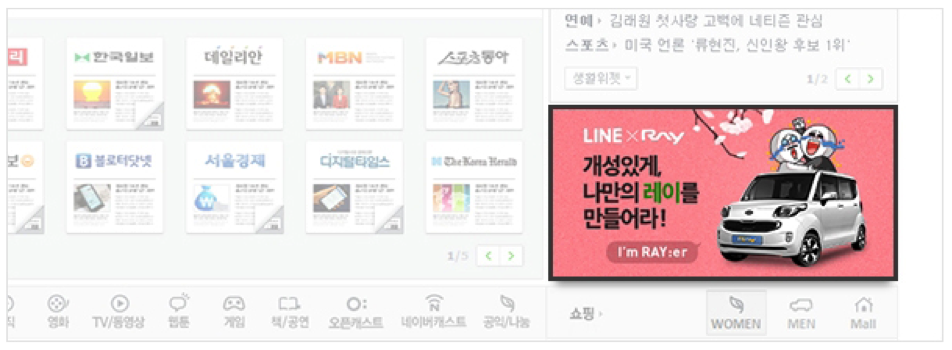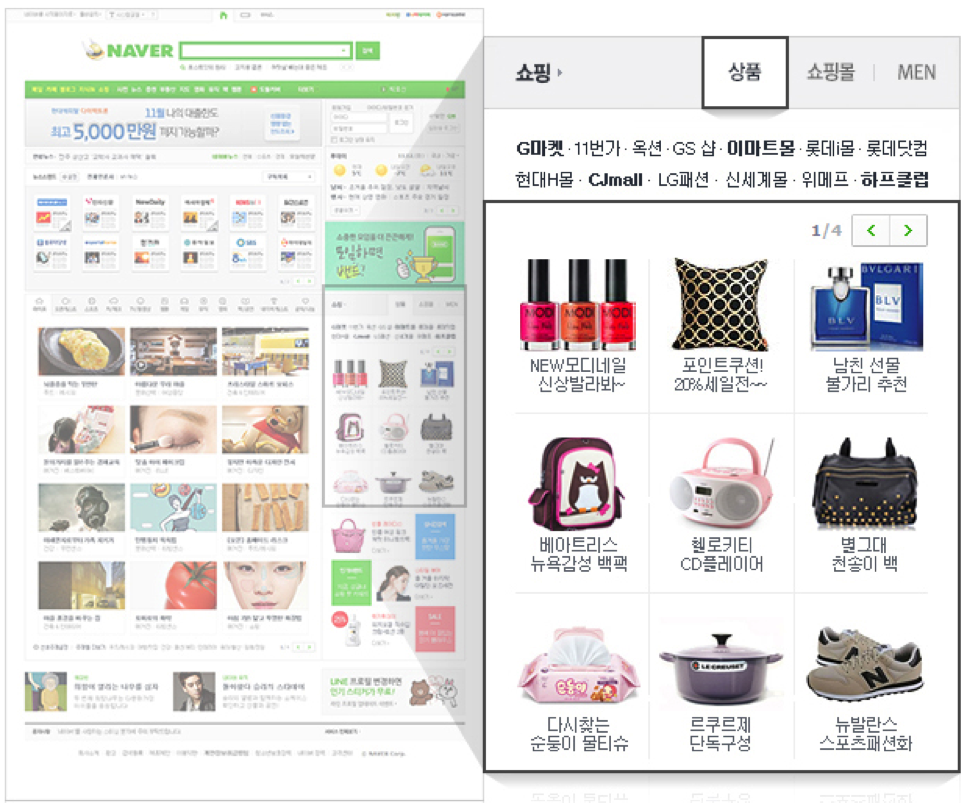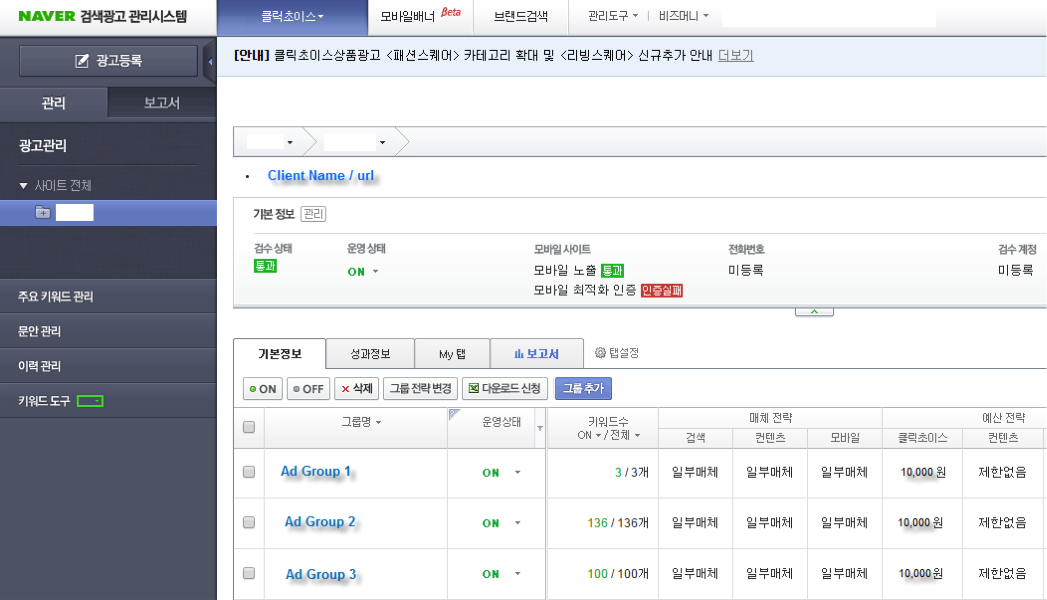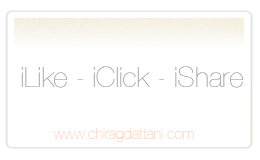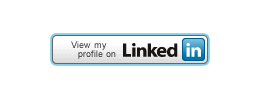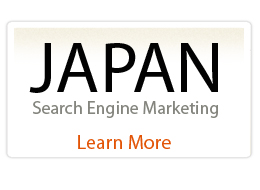Naver v/s Google AdWords – understanding the Naver Ad formats and top 7 differences between the two platforms
Posted: Monday, December 9th, 2014 Posted by: Chirag DattaniWorking with major search engines and running paid search campaigns across the globe, Naver – South Korean Search Engine is quite a different experience when compared to others, especially Google AdWords. Below are some of the different Ad formats that you can use to advertise on Naver:
1. Click Choice Ads: This ad format is similar to PPC ads on Google and generally takes up the top of the SERP with light yellow background.
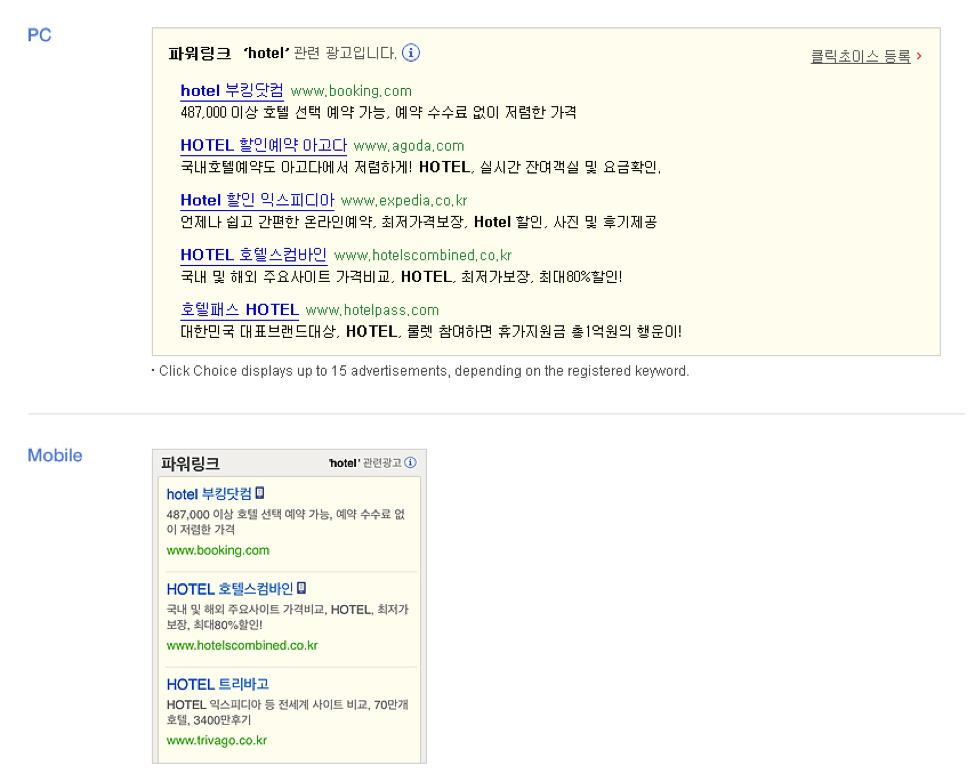
2. Brand Search Ads: This format is specific for Brands who want to advertise on this platform on their Brand Terms. It generally takes over most of the space on the page with Images and links to different pages of the website which is extremely beneficial. More real estate, higher CTR and relevant traffic are some of the advantages of this format. Here’s an example of how a Brand Search ad would look like:
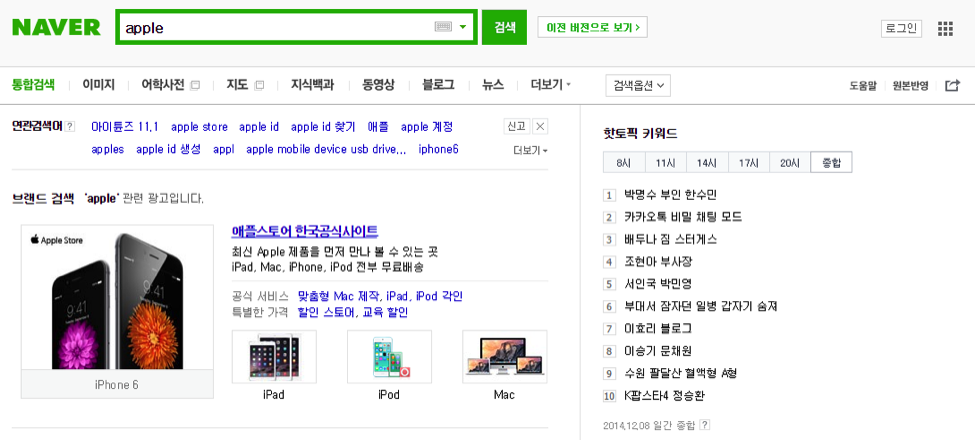
There is however a minimum cost for running these ads which is based on the number of impressions served in the last 30 days for the Brand terms. Also, there are specific requirements to enroll for this format which are specified on the document that Naver would provide you while opting in for this. Few requirements include – Brand Keywords only, maximum of 30 keywords within 25 characters, no spaces in keywords, and accurate file sizes for images/formats and so on. It does go through a thorough screening process before these ads are approved. See below a chart divided by sections to help understand the info that you need to provide in order to start running these ads:
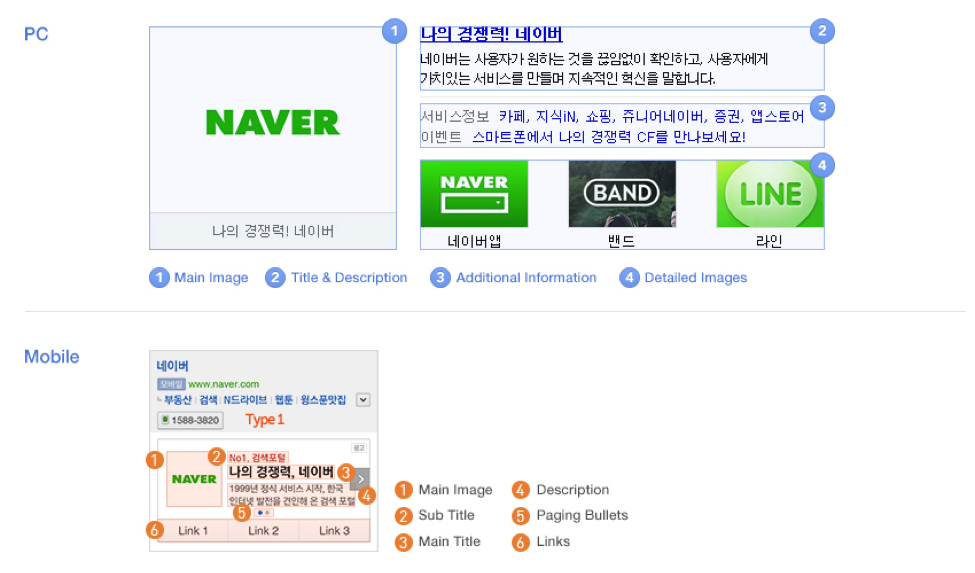
3. Display Ads: Display Ads on Naver are operated form a separate platform than the PPC ads and has 2 versions, i.e., Time Board and Rolling Board:
- Time Board: Advertisers can display ads on Naver’s Home Page for one hour within a given day (Image/Rich Media Ads). Hour of the day can be specified based on when you see most conversions for your business and get maximum coverage of this feature:
- Rolling Board: Advertisers can display ads on Naver network based on different targeting options.
4. Shopping Box: Similar to Google Shopping, these ads are displayed on top right of the SERP with a Product Image and Text directing to a specific landing page.
Switching gears after discussing different Ad formats, here are some of the key differences that you will find while advertising/running PPC ads within the Click Choice Ad format on this platform:
1. No Campaigns/Only Ad Groups: Yes, that’s right – Naver doesn’t have any campaigns so the structure is a little different then a standard PPC structure that has Campaign -> Ad Group -> Keyword. Naver only has 2 levels – Ad Group -> Keyword.
2. UI – completely in Korean: This is probably the biggest challenge while working on this platform if you are not a native speaker or don’t speak Korean. Also, a good portion of the text on the page are images which means that use of translation software like Google Translate won’t work. Below is a partial view of the UI:
3. No editor tool/API available: There isn’t an editor tool available for Naver which makes it difficult to make Bulk Changes. No API as well so some manual process might be involved.
4. Each Keyword requires an Ad Copy: Unlike Google where you can use 1 Ad Copy per Ad Group for a group of keywords, Naver only allow 1 ad copy per keyword. Also, if you wish to use Keyword Insertion on your ad copies then use <키워드> Keyword on the headline.
5. Exact Match keywords only: There is only 1 match type available on this platform i.e., Exact match so you have to be precise in terms of what you want to bid on. There isn’t a Broad or phrase match available which means no negatives as well.
6. No Spaces in keywords: Another requirement is that all keywords should be one word only since spaces are not accepted. It is likely that you will have most of your keywords as 2 or more words – easiest way is to use excel and remove spaces before submitting the keywords.
7. Maximum of 1000 Keywords per Ad Group: Each Ad Group have a limit of 1000 keywords that can be added – if you have more keywords then you will have to create more Ad Groups.
Overall, even though the language of the UI is Korean which could be a roadblock for you if you don’t speak the native language, the good thing is that Search Marketing principles still remain the same despite of these language/cultural differences. Depending on your target audience and the product/services that you are offering, your strategy may differ in comparison to the strategy used in your home country.


